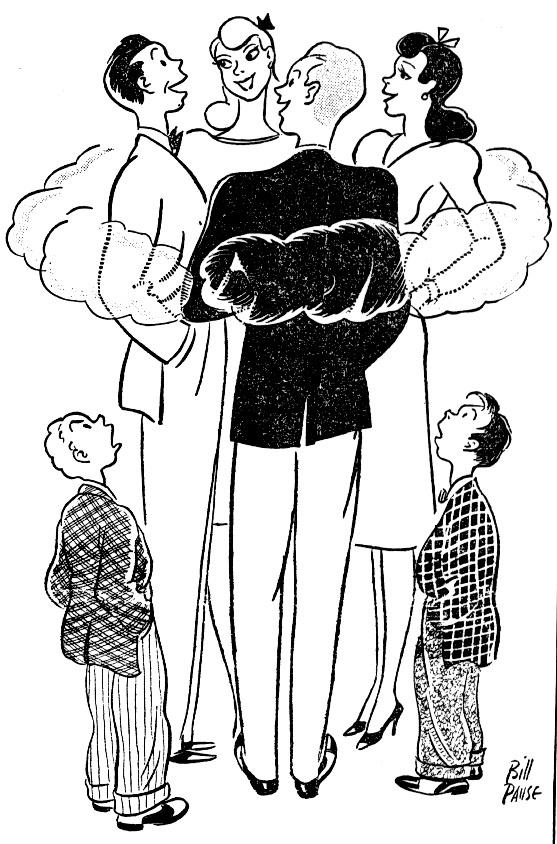




Guided Imagery 2


Think, for example, of holding a fresh, juicy lemon in your hand. Perhaps you can feel its texture or see the vividness of its yellow skin. As you slice it open, you see the juice squirt out of it. The lemon's tart aroma of overwhelming. Finally, you stick in your mouth, suck on it and taste the sour flavor as the juices roll over your tongue.
More than likely, your body reacted in some way to that image. For example, you may have begun to salivate.
It is estimated that an average person has 10,000 thoughts or images flashing through his mind each day. At least half of those thoughts are negative, such as anxiety of meeting a quota, a coming speech, job related anxiety, etc. Unharnessed, a steady dose of worry and other negative images can alter your physiology and make you more suseptible to a variety of ailments, ranging from acne to artheritis, headaches to heart disease, even loss of bone density.
Imagery has been considered a healing tool in virtually all of the worl's cultures and is an integral part of many religions. Navajo Indians, for example, practice an elaborate form of imagery that encourages a person to "see" himself as healthy. Ancient Egyptions and Greeks, including Aristotle and Hippocrates believed that images release spirits in the brain that arouse the heart and oher parts of the body. They also though that a strong image of a disease is enough to cause its symptoms.
Affirmations and visualizations are used by athletes everyday. It has been suggested by experts such as Dale Carnegie, Robert Schuller and Steve Covey to elicit peak performance in individuals. It has been proven that just telling your yourself "I can do this" can increase performance by 5%. Athletes use visualization to enhance their performance, sometimes without realizing it. A golfer may form a mental map of the fairway, imagining precisely where he will place the ball on each shot; a high jumper may visualize every split second of his approach to and leap over bar; a baseball pitcher may run a mental fil of the ball from the time it leaves his hand until it lands in the catcher's glove.